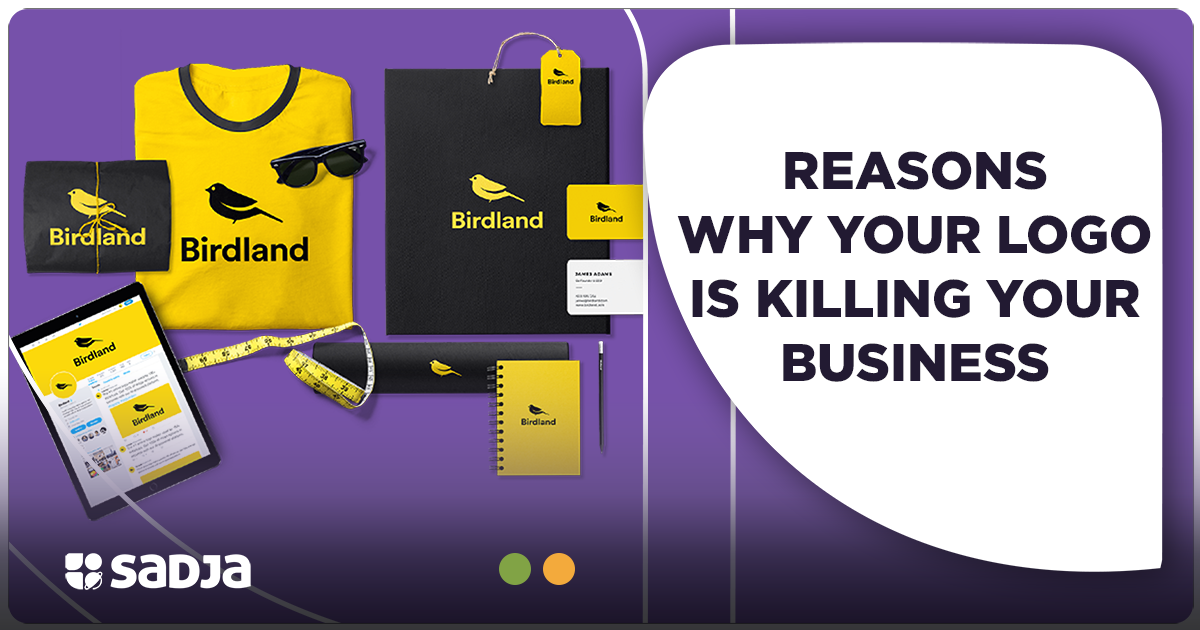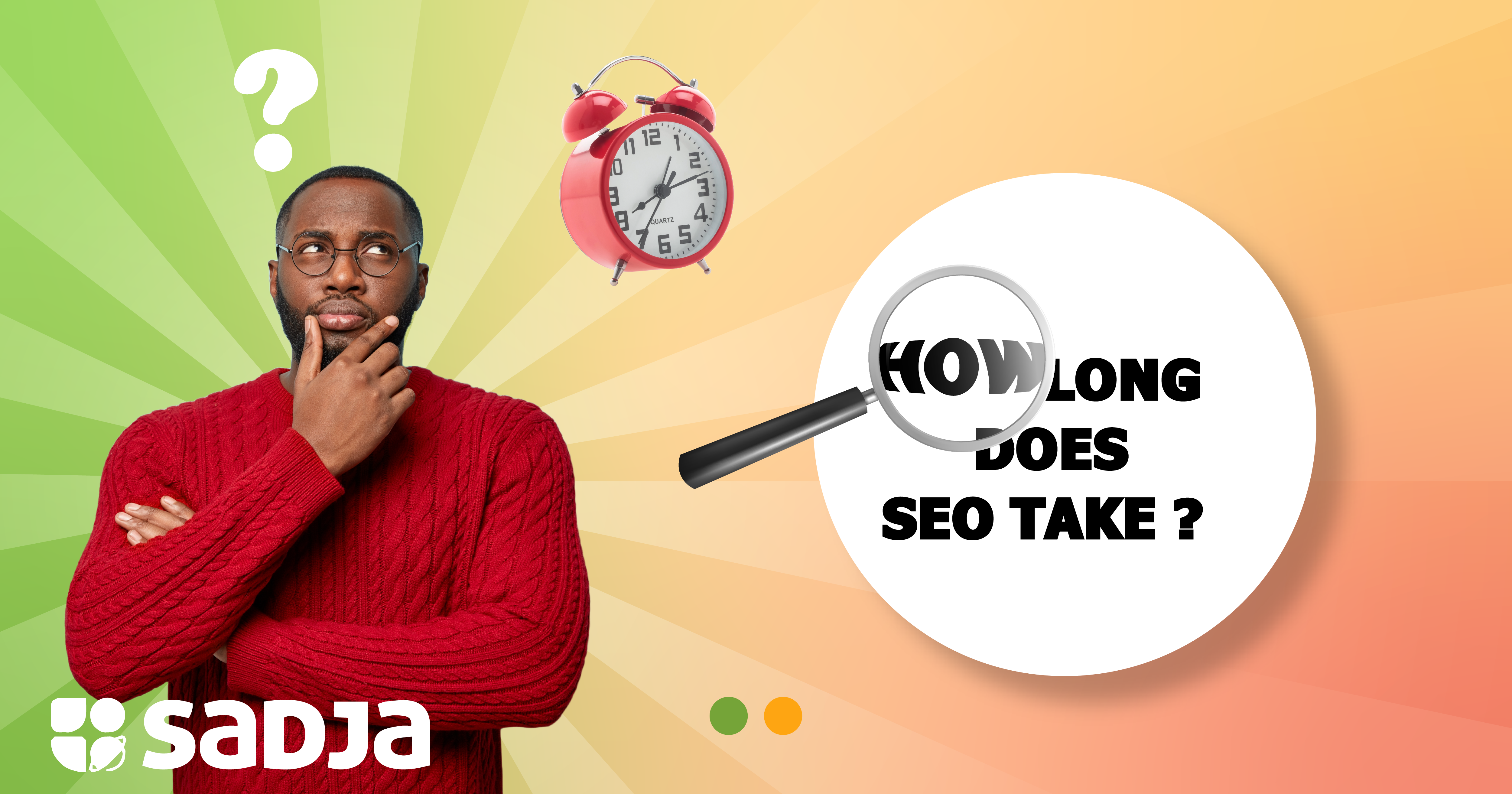Seven Aspects to Look Out for as You Design Your Logo
1. What brand messages and values are your logos communicating?
An effective logo should include your company name, a style consistent with your identity, a design that communicates your brand personality, and an appropriate color scheme.
It would be best if you worked towards conveying your core values in your logo. What your business stands for should be communicated through the combination of text, color, graphics, and topography. That is why having a logo is crucial.
A logo might be the first point of contact customers have with your company, which would also be the first impression it makes on them. It is essential to avoid using elements or language that could offend a particular group or that some people might consider derogatory.
2. Is it communicating your business niche?
People should be able to identify your company by its logo. A logo should be able to convey your company’s mission. Your company might be going out of business because customers can’t tell you what services you provide. Additionally, it might be portraying the incorrect aspect of your company.
Your logo, imprinted on your goods, business cards, and website, conveys ownership. It can inform the public and potential clients about your identity, the kind of goods or services you provide, and the advantages you give to customers.
But, telling a story that will affect customers’ emotions is the key to successful branding. Although a company’s logo is only one aspect of its brand, it forms the basis for the entire story that the brand is based on.
The story you’re trying to tell will determine the colors, tones, and fonts you use, and your logo sets the scene for this story.
Later, these components will appear in your branding materials, including letterheads, business cards, and landing pages, creating a clear, marketable brand identity.
3. Building trust
Your logo should inspire confidence. Like any reputable business, you should symbolize excellence and high caliber. People should be able to choose it over the competition simply because they know they can rely on it to be the best.
Your company’s logo serves as its foundation; if that foundation is weak, customers won’t ever trust you. Make sure your brand logo conveys the right message to your target audience if you want to capture their interest and earn their loyalty.
4. Creating familiarity
Your logo must leave a lasting impression on the customer. If someone sees your logo for the first time, whether in a commercial, advertisement, billboard, or on a product, they should be able to recognize it the next time they go shopping.
Because they are accustomed to seeing your logo, people are more likely to try out your product.
Science has shown that whenever the human brain sees something familiar, it releases a small amount of dopamine. This chemical causes a feeling of joy and comfort to spread throughout the entire body.
Use that feature that all potential customers have to develop your brand for the benefit of your company.
5. Attracts attention
Any effective logo should grab attention and stick in people’s minds. If your logo is poorly designed, you blend in with the other businesses. A logo should grab people’s attention and point them in the direction you want them to go, like to your website or store. Big words alone won’t cut it.
As a result of the fact that it attracts attention, leaves a lasting impression, forms the basis of your brand identity, is memorable, distinguishes you from competitors, encourages brand loyalty, and is accepted by your target audience.
6. Visual piece for marketing
A strong logo can serve as a promotional tool. We know that a logo can serve as nothing more than aesthetic decoration. Products for the company are branded. The visual appeal of your logo will draw customers to your brand and product. T-shirts, hats, and other promotional items are examples of how they can be applied.
Typically, businesses distribute these freebies to promote themselves and gain free publicity, but if your logo is unattractive, some people won’t put it on your giveaways. This may restrict your marketing efforts; hence the logo is killing your business.
7. Should communicate premium status
A small business may occasionally have a terrible logo when it first launches that appears to have been drawn by a two-year-old. You should have a good, premium logo if you are a serious business owner about your brand and message.
When looking for a business, people consider these factors. People will assume your products and services are of inferior quality if your logo is poor.
 +256 206 300885
+256 206 300885



